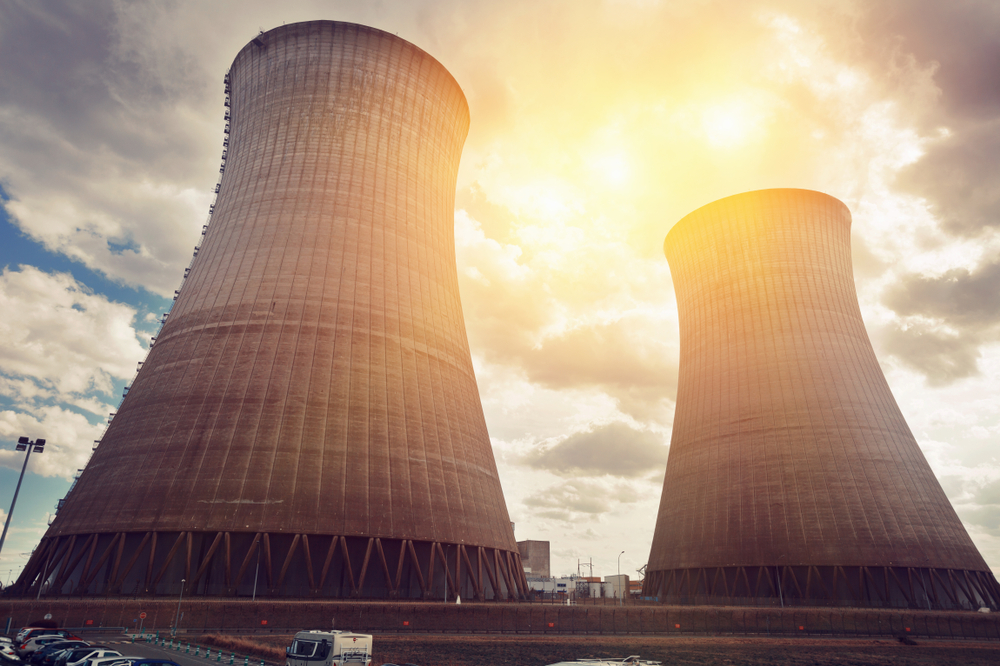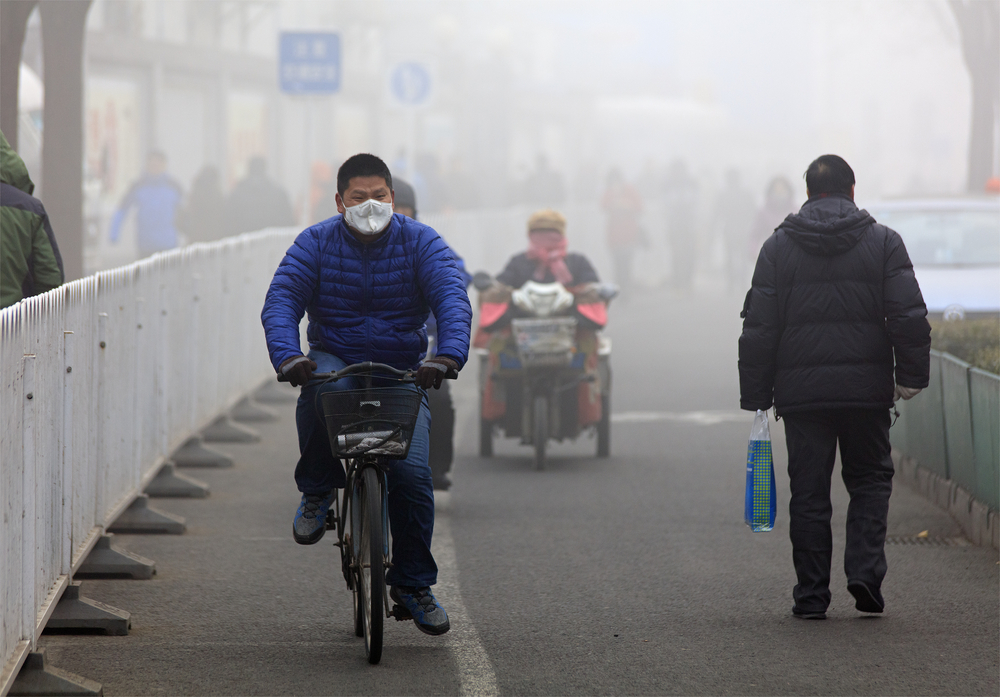RIYADH: Global energy demand saw an above-average annual rise of 2.2 percent in 2024, fueled by rising electricity consumption and growth in emerging economies, according to a new report.
Analysis by the International Energy Agency showed last year’s increase outpaced the annual average of 1.3 percent recorded between 2013 and 2023.
The power sector led the charge, with global electricity consumption climbing by nearly 1,100 terawatt-hours, or 4.3 percent.
The rise in electricity consumption stemmed from various factors, including higher cooling demand due to extreme temperatures, increased industrial use, the electrification of transport, and the expansion of data centers and artificial intelligence.
“What is certain is that electricity use is growing rapidly, pulling overall energy demand along with it to such an extent that it is enough to reverse years of declining energy consumption in advanced economies,” IEA Executive Director Fatih Birol said in the report.
Renewables accounted for most of the growth in global energy supply at 38 percent, followed by natural gas at 28 percent, coal at 15 percent, oil at 11 percent, and nuclear power at 8 percent.
“The demand for all major fuels and energy technologies increased in 2024, with renewables covering the largest share of the growth, followed by natural gas. And the strong expansion of solar, wind, nuclear power and electric vehicles is increasingly loosening the links between economic growth and emissions,” added Birol.
New renewable energy installations hit record levels for the 22nd consecutive year, with around 700 gigawatts added to total capacity in 2024 — roughly 80 percent of that from solar photovoltaic.
Over 7 GW of nuclear power capacity was brought online in 2024, marking a 33 percent rise compared to 2023.
“The new nuclear capacity added was the fifth-highest level in the past three decades. Electricity generation from nuclear in 2024 rose by 100 TWh, equalling the largest increase this century outside of the post-Covid rebound,” said the IEA.

Nuclear energy is playing an increasing role in the world’s energy mix. Shutterstock
The IEA’s analysis comes as countries including Saudi Arabia ramp up efforts to diversify their energy mix with renewables and nuclear power.
In January, Saudi Arabia’s Energy Minister, Prince Abdulaziz bin Salman, said the Kingdom plans to start enriching and selling uranium.
Launched in 2017, Saudi Arabia’s National Atomic Energy Project is a key pillar of the Kingdom’s strategy to reduce dependence on fossil fuels. The initiative aims to integrate nuclear power into the national energy mix, enhance sustainability, and meet international commitments — supporting the country’s goal of achieving net zero by 2060.
In a separate January report, the IEA said annual investments in nuclear energy development would need to double to $120 billion by 2030 to meet growing infrastructure demands. It emphasized that both public and private investments would be essential to support the sector’s financial needs.
Emerging economies dominate
The report highlighted that emerging and developing economies accounted for over 80 percent of the increase in global energy demand in 2024.
Despite slower growth in China — where energy consumption rose by less than 3 percent, half its 2023 rate — the country still recorded the largest absolute demand growth of any nation.
India ranked second in absolute demand growth, surpassing the combined increase of all advanced economies.
Southeast Asia saw a 4.2 percent rise in energy demand, followed by the Middle East at 2.2 percent and Europe at 0.5 percent.
Advanced economies, after years of decline, also saw a return to growth, with energy demand rising by nearly 1 percent in aggregate.
Oil and gas trends
The IEA noted a marked slowdown in global oil demand growth, which rose by just 0.8 percent in 2024 — down from 1.9 percent in 2023.
For the first time ever, oil’s share in total energy demand fell below 30 percent, 50 years after peaking at 46 percent.
“Oil demand from global road transport fell slightly, driven by declines in China (-1.8 percent) and advanced economies (-0.3 percent). Oil demand from aviation and petrochemicals grew,” said the agency.
In contrast, OPEC shared a different outlook in February, forecasting world oil demand to rise by 1.45 million barrels per day in 2025 and by 1.43 million bpd in 2026, driven by increased air and road travel.
Natural gas recorded the strongest increase in demand among fossil fuels in 2024, driven by rising power consumption across Asia.
The IEA reported that global gas demand rose by 115 billion cubic meters, or 2.7 percent — surpassing the decade-long annual average of 75 bcm.
China led the growth with a 7 percent rise in gas demand, alongside strong increases in other emerging and developing Asian economies.
Gas demand expanded by around 2 percent in the US, while consumption in the EU grew modestly, particularly for industrial use.

While China’s emissions growth slowed in 2024, it was still nearly double the global average. Shutterstock
Emissions and sustainability
According to the IEA, the rapid adoption of clean energy technologies helped curb the annual rise in energy-related carbon dioxide emissions in 2024.
“Record temperatures contributed significantly to the annual 0.8 percent rise in global CO2 emissions to 37.8 billion tonnes. But the deployment of solar PV, wind, nuclear, electric cars and heat pumps since 2019 now prevents 2.6 billion tonnes of CO2 annually, the equivalent of 7 percent of global emissions,” the agency noted.
Emissions in advanced economies fell by 1.1 percent to 10.9 billion tonnes — a level last seen 50 years ago.
Most of the emissions growth in 2024 came from emerging and developing economies outside China.
Although China’s emissions growth slowed last year, the country’s per-capita emissions are now 16 percent higher than those of advanced economies and nearly double the global average.

































